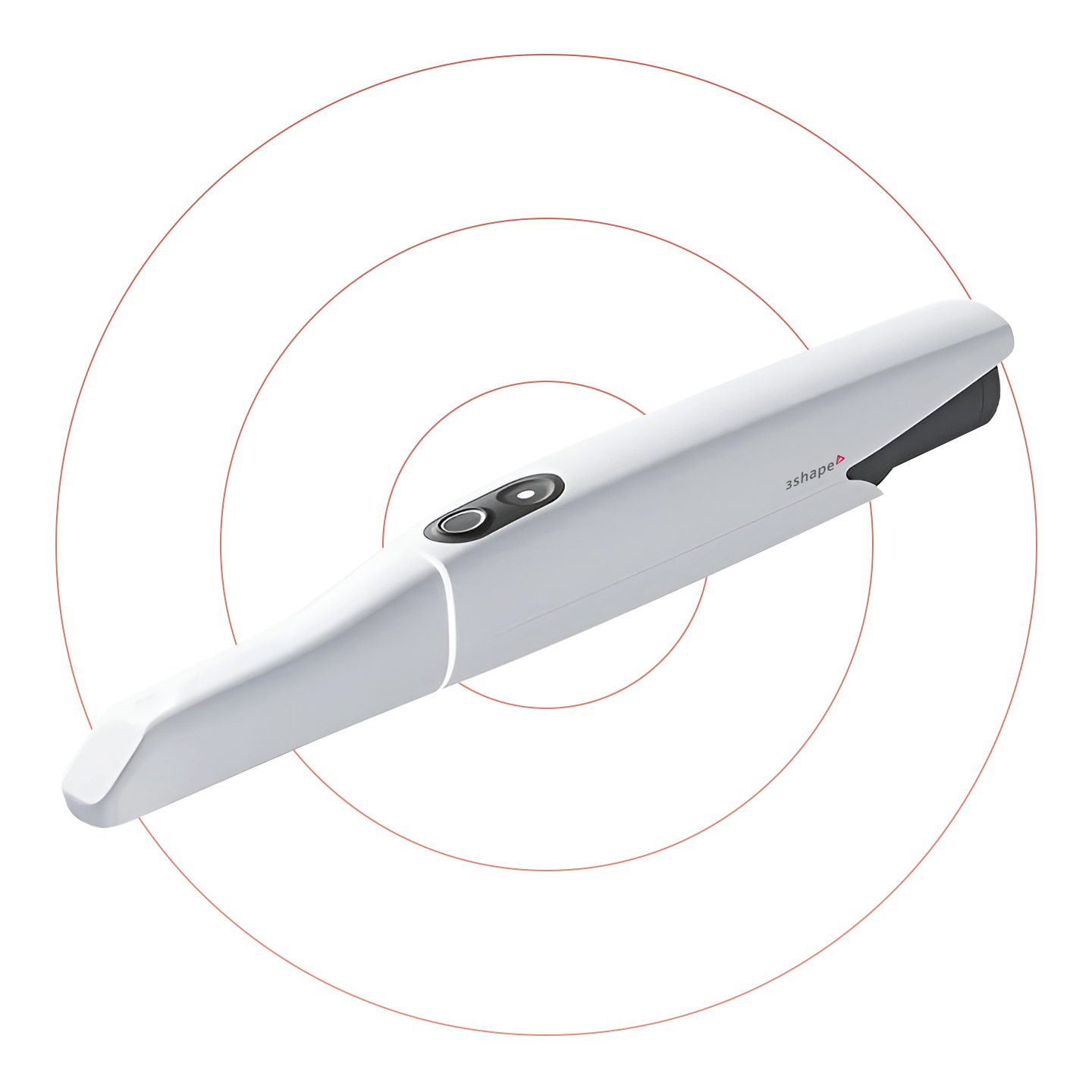Best Practices for TMJ Pain Relief and Treatment
Do you often experience jaw pain, clicking sounds, or difficulty chewing? These could be signs of TMJ issues. The temporomandibular joints (TMJs) play an essential role in daily activities like speaking, eating, and even laughing. When problems arise with these joints, known as Temporomandibular Joint Disorders (TMD), they can significantly disrupt your quality of life.
Thankfully, you don’t have to live in discomfort. From simple at-home techniques to advanced dental treatments, there are many effective ways to manage and relieve TMJ pain. This guide provides a detailed look at TMJ pain relief strategies, symptoms to watch out for, and innovative TMJ treatment options backed by cutting-edge technology.
What Causes TMJ Pain?
Understanding the root causes of TMJ pain is crucial for effective treatment. TMJ problems can arise from several factors, including injury, lifestyle habits, or even genetics. Below are some key culprits that commonly lead to TMD.
1. Disk Issues
The cartilage disk in the TMJ can erode or shift out of place, causing pain and restricted movement.
2. Arthritis
Certain types of arthritis, like osteoarthritis, can wear down protective cartilage over time.
3. Trauma
A sudden injury, such as a blow to the jaw, might result in damage to the TMJs.
4. Stress and Bruxism
Stress often leads to clenching or grinding of teeth (bruxism), which places unnecessary strain on your jaw joint.
Other factors, such as genetic predisposition, connective tissue diseases, or specific lifestyle habits, can also increase the risk of TMD.
Recognizing TMJ Symptoms
The symptoms of TMD can vary among individuals, but some common signs include the following.
- Persistent or intermittent jaw pain or tenderness
- Clicking or popping sounds when opening the mouth
- Difficulty or limited range of motion in the jaw
- Persistent earaches, headaches, or migraines
- Facial swelling or discomfort near the joint
If you notice these symptoms regularly, consulting a healthcare provider can help prevent the condition from getting worse. Early intervention leads to better outcomes.
At-Home Practices for TMJ Pain Relief
For many people, mild TMJ issues can be managed effectively at home with simple strategies. Here’s how you can ease TMJ pain without professional intervention.
1. Practice Jaw Exercises
Regular exercises can improve jaw flexibility and reduce stiffness. Try these moves for better TMJ motion:- Goldfish Exercises (partial or full mouth opening)
- Chin Tucks (to help align posture and reduce strain)
- Side-to-Side Jaw Movements
Pro Tip: Perform jaw exercises for 5 minutes daily to see gradual improvements.
2. Adjust Your Posture
Poor posture can exacerbate TMJ pain. Sit upright with your head aligned over your shoulders. Consider ergonomic chairs if you work at a desk for long hours.
3. Use Heat and Cold Therapy
Alternating between warm and cold compresses can reduce inflammation and relax your jaw muscles. Place a warm towel or cold pack over the area for 15–20 minutes as needed.
4. Modify Your Diet
Avoid foods that require excessive chewing, like gum, nuts, or hard candy. Opt instead for softer choices such as soups, smoothies, eggs, and soft-cooked vegetables.
5. Manage Stress
Stress is a big contributor to grinding or clenching your teeth. Relaxation methods like yoga, meditation, or even hobbies such as painting can help you de-stress and ease jaw tension.
6. Optimize Your Sleep Position
Sleeping on your back with a supportive pillow can prevent unnecessary strain on the jaw. Avoid sleeping on your stomach or resting your hand under your chin.
Professional TMJ Treatments
When home remedies aren’t enough to address TMJ pain, professional care becomes necessary. Here are some effective treatment options available today.
1. Custom-Made Oral Appliances
Dentists often provide mouthguards or stabilization splints designed to reduce grinding and align the jaw. Popular options include:- NTI devices for combatting bruxism
- Gelb devices for mandibular realignment
These devices not only ease pain but also prevent long-term damage to your TMJs.
2. Physical Therapy
Specialists may teach you specific stretches and strengthening exercises to improve joint function. Advanced therapies like ultrasound or Transcutaneous Electrical Nerve Stimulation (TENS) may also be used.
3. Medication
If pain persists, your healthcare provider might suggest stronger options such as muscle relaxants or antidepressants to manage symptoms and reduce bruxism.
4. Cutting-Edge Surgical Interventions
For severe cases, surgical options are considered. Treatment may vary from arthroscopy (minimally invasive) to open-joint surgery for irreversible damage.
5. Digital Dentistry Advancements
Recent advances in digital workflows are transforming how TMJ treatments are administered. 3D-printed oral appliances increase precision and reduce costs, while digital imaging allows for accurate diagnoses and treatment planning.
Finding the Right Approach
Treatment for TMJ disorders isn’t one-size-fits-all. Combining DIY strategies like posture adjustments and stress management with professional care ensures the best results.
Don’t wait for symptoms to worsen. If you’re experiencing TMJ-related pain, consult your dentist or healthcare provider for a tailored treatment plan. With the advancements in professional care and your proactive efforts at home, finding long-lasting relief is entirely possible.
Make the effort today, and soon you’ll be smiling, eating, and laughing pain-free!
Final Thoughts
TMJ pain doesn’t have to control your day-to-day life. By combining home remedies, professional TMJ treatments, and cutting-edge technology, there’s a solution to fit your needs. Take proactive steps today to care for your TMJs and reclaim your comfort.


